Dental cleaning is an essential practice for maintaining oral health, yet some individuals worry that frequent or improper cleaning might harm their teeth. This article explores the science behind dental cleaning, whether it can damage teeth, and how to ensure safe and effective oral hygiene practices. By understanding the nuances of professional and at-home cleaning methods, you can protect your teeth while maintaining a healthy smile.
Chapter 1: Understanding Dental Cleaning
1.1 What is Dental Cleaning?
Dental cleaning encompasses two main categories: professional cleaning performed by dental hygienists and routine at-home cleaning. Both aim to remove plaque, tartar, and stains while promoting overall oral health.
1.2 Professional Dental Cleaning
Professional dental cleaning involves specialized tools and techniques, including:
• Scaling: Removes plaque and tartar from teeth surfaces and below the gumline.
• Polishing: Smooths tooth surfaces to prevent plaque buildup.
• Fluoride Treatment: Strengthens enamel to reduce decay risk.
1.3 At-Home Cleaning
Daily oral hygiene habits include:
• Brushing teeth twice a day.
• Flossing to remove debris between teeth.
• Using mouthwash to reduce bacteria.
Chapter 2: Myths About Dental Cleaning
Many misconceptions surround dental cleaning, particularly its impact on tooth health. Here are some common myths and the facts behind them:
2.1 Myth: Cleaning Can Erode Enamel
Fact: Proper cleaning does not erode enamel. Professional scaling targets tartar, not the enamel itself. Over-brushing with abrasive toothpaste can, however, cause enamel wear.
2.2 Myth: Cleaning Weakens Teeth
Fact: Professional cleaning strengthens teeth by removing harmful buildup. It also identifies early signs of decay, preventing further damage.
2.3 Myth: Frequent Cleaning is Harmful
Fact: Routine professional cleaning (every 6 months) and daily at-home cleaning are essential. However, aggressive cleaning techniques, such as brushing too hard, can harm teeth and gums.
Chapter 3: Potential Risks of Cleaning
While cleaning is generally beneficial, improper methods or certain conditions can lead to damage.
3.1 Risks of At-Home Cleaning
1. Over-Brushing
• Using excessive force or hard-bristled toothbrushes can wear down enamel and irritate gums.
2. Using Abrasive Toothpaste
• Whitening or charcoal toothpaste can be overly abrasive, leading to enamel erosion over time.
3. Incorrect Flossing Technique
• Flossing too aggressively can cut or damage gum tissue.
4. DIY Dental Tools
• Using sharp instruments at home to remove tartar can injure gums or teeth.
3.2 Risks of Professional Cleaning
1. Enamel Sensitivity
• Temporary sensitivity may occur after scaling, especially for individuals with pre-existing enamel erosion.
2. Gum Irritation
• Minor gum bleeding and discomfort are normal but should resolve quickly.
3. Over-Frequent Cleaning
• Excessive professional cleaning beyond recommended intervals may irritate gums.
Chapter 4: How to Prevent Damage During Cleaning
4.1 Safe At-Home Cleaning Practices
1. Use a Soft-Bristled Toothbrush
• Gentle bristles effectively clean teeth without damaging enamel or gums.
2. Adopt Proper Brushing Techniques
• Hold the brush at a 45-degree angle to the gumline and use gentle, circular motions. Avoid harsh scrubbing.
3. Choose the Right Toothpaste
• Opt for non-abrasive fluoride toothpaste. Avoid excessive use of whitening agents.
4. Floss Gently
• Slide the floss gently between teeth without snapping it against the gums.
5. Incorporate Mouthwash
• Use antibacterial or fluoride mouthwash to enhance cleaning and freshen breath.
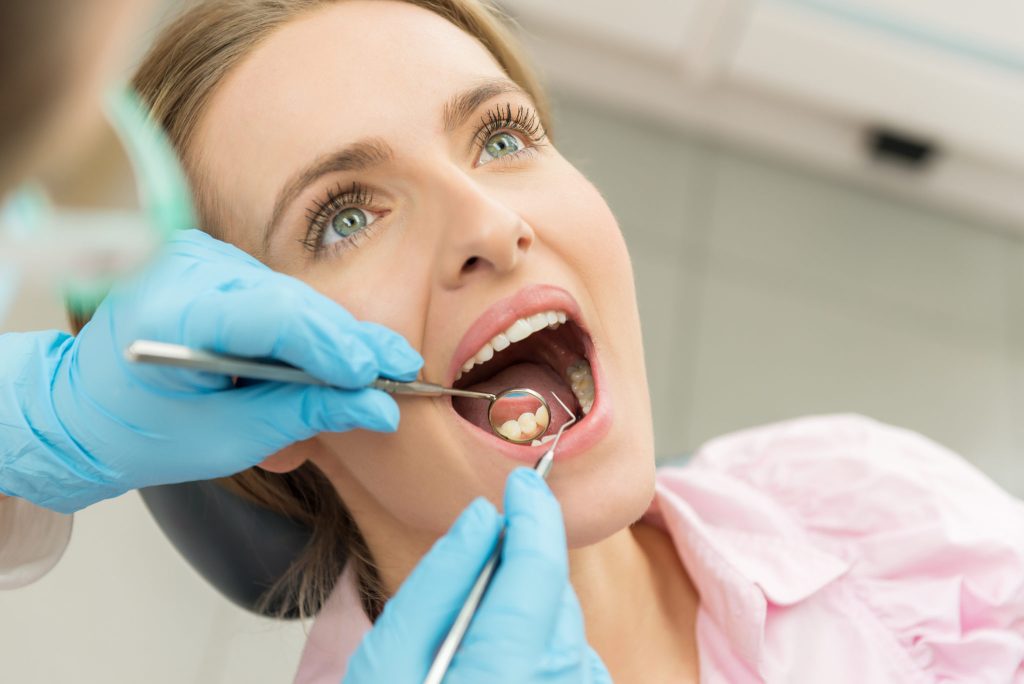
6. Avoid DIY Dental Tools
• Leave tartar removal to professionals to avoid accidental damage.
4.2 Tips for Safe Professional Cleaning
1. Discuss Concerns with Your Dentist
• Share any fears or questions before cleaning begins to ensure tailored care.
2. Choose a Qualified Dental Hygienist
• Professional expertise ensures proper technique and minimizes risks.
3. Stick to Recommended Schedules
• Routine cleanings every 6 months are typically sufficient.
4. Request Desensitizing Treatments
• Fluoride or desensitizing gels can help mitigate post-cleaning sensitivity.
5. Monitor Gum Health
• Alert your dentist to persistent bleeding or discomfort after cleaning.
Chapter 5: Benefits of Dental Cleaning
Despite some concerns, dental cleaning offers significant benefits for oral and overall health:
5.1 Plaque and Tartar Removal
Even with diligent brushing and flossing, plaque and tartar can accumulate in hard-to-reach areas. Professional cleaning removes this buildup, preventing gum disease and decay.
5.2 Gum Disease Prevention
Routine cleaning reduces gum inflammation and stops gingivitis from progressing to periodontitis, a more severe condition.
5.3 Early Detection of Dental Issues
During professional cleanings, dentists can identify and address cavities, cracks, and other issues early.
5.4 Fresher Breath
Cleaning eliminates bacteria that cause bad breath, promoting a healthier and more confident smile.
5.5 Aesthetic Improvements
Polishing removes surface stains from coffee, tea, and tobacco, brightening your smile.
Chapter 6: Long-Term Impacts of Cleaning
6.1 Positive Impacts on Oral Health
• Prevents tooth loss by maintaining gum and bone health.
• Reduces the risk of cavities, root infections, and abscesses.
6.2 Connection to Systemic Health
1. Heart Health:
• Reduces inflammation associated with cardiovascular diseases.
2. Diabetes Management:
• Improves glycemic control by reducing oral bacteria.
3. Respiratory Health:
• Lowers the risk of respiratory infections caused by oral bacteria.
Chapter 7: Addressing Specific Concerns
7.1 Cleaning for Sensitive Teeth
• Use desensitizing toothpaste regularly before and after cleaning.
• Discuss options like fluoride varnishes or dental sealants with your dentist.
7.2 Cleaning for Children
• Use child-friendly brushes and toothpaste.
• Encourage healthy habits early to prevent decay and fear of dental visits.
7.3 Cleaning for Seniors
• Adapt to changes like gum recession and dry mouth.
• Seek regular professional cleaning to address age-related oral health challenges.
Chapter 8: Debunking Common Misconceptions
8.1 “Scaling Damages Enamel”
Fact: Scaling targets hardened tartar, not enamel. Proper techniques prevent enamel loss.
8.2 “Professional Cleaning Causes Gaps Between Teeth”
Fact: Gaps may appear after tartar removal, revealing the natural spacing.
8.3 “Flossing Can Worsen Gum Disease”
Fact: Proper flossing prevents gum disease by removing debris and bacteria.
Chapter 9: Innovations in Dental Cleaning
9.1 Ultrasonic Scalers
• Vibrations break up tartar more efficiently, minimizing discomfort.
9.2 Air Polishing
• Gentle abrasive sprays remove stains and plaque without excessive friction.
9.3 AI-Powered Tools
• Advanced diagnostics ensure personalized care.
Conclusion
Dental cleaning, when done correctly, is a cornerstone of oral health. While improper techniques can potentially damage teeth, following safe at-home practices and seeking professional care ensures long-term benefits. Dental cleaning not only maintains a beautiful smile but also protects against serious health conditions.
By understanding the right approaches to cleaning and debunking common myths, you can embrace a proactive approach to oral hygiene that safeguards your teeth for life.


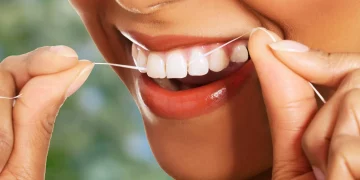



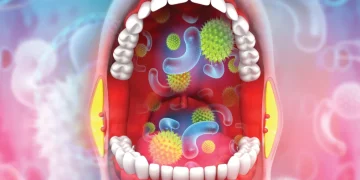
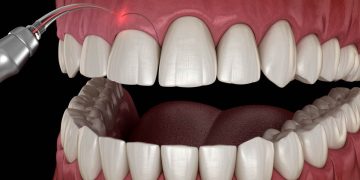
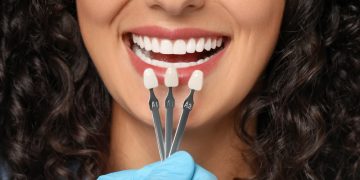


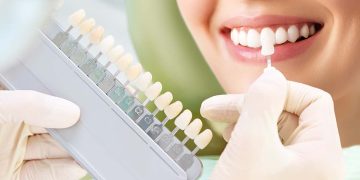
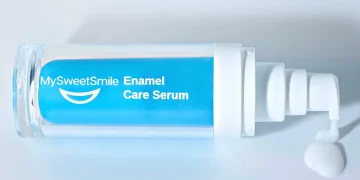












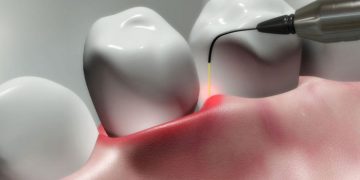
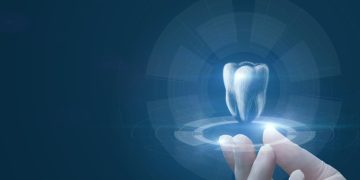

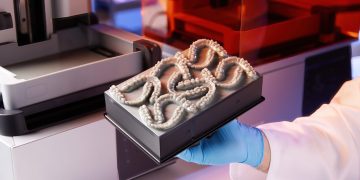
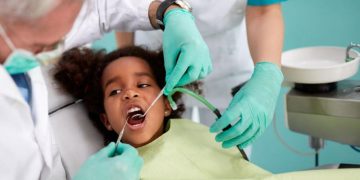
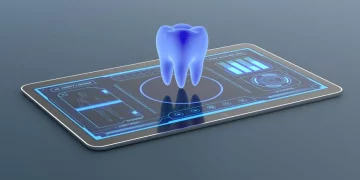
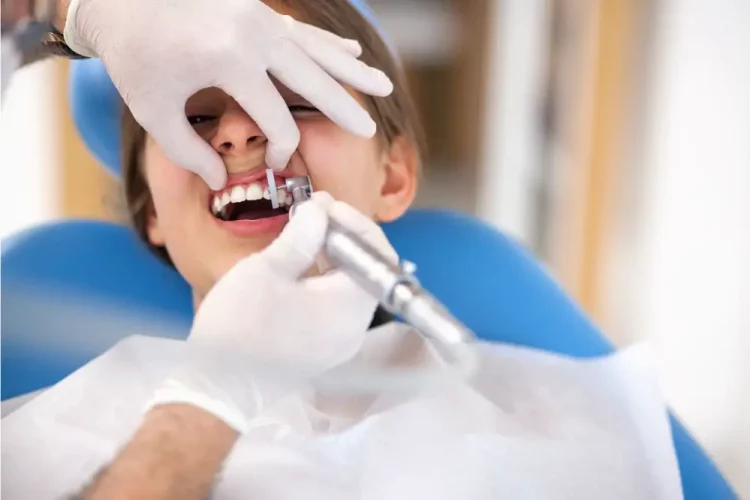













Discussion about this post